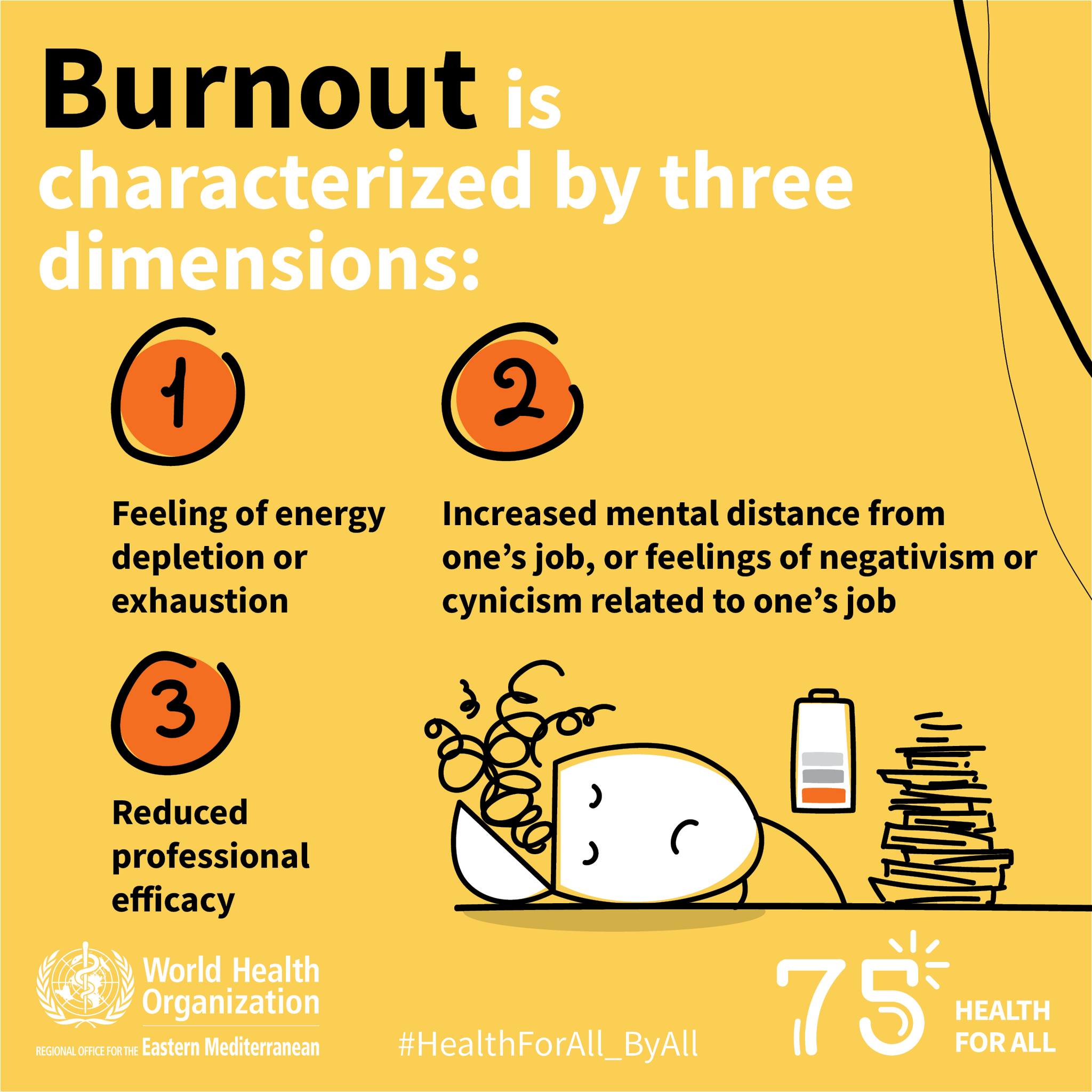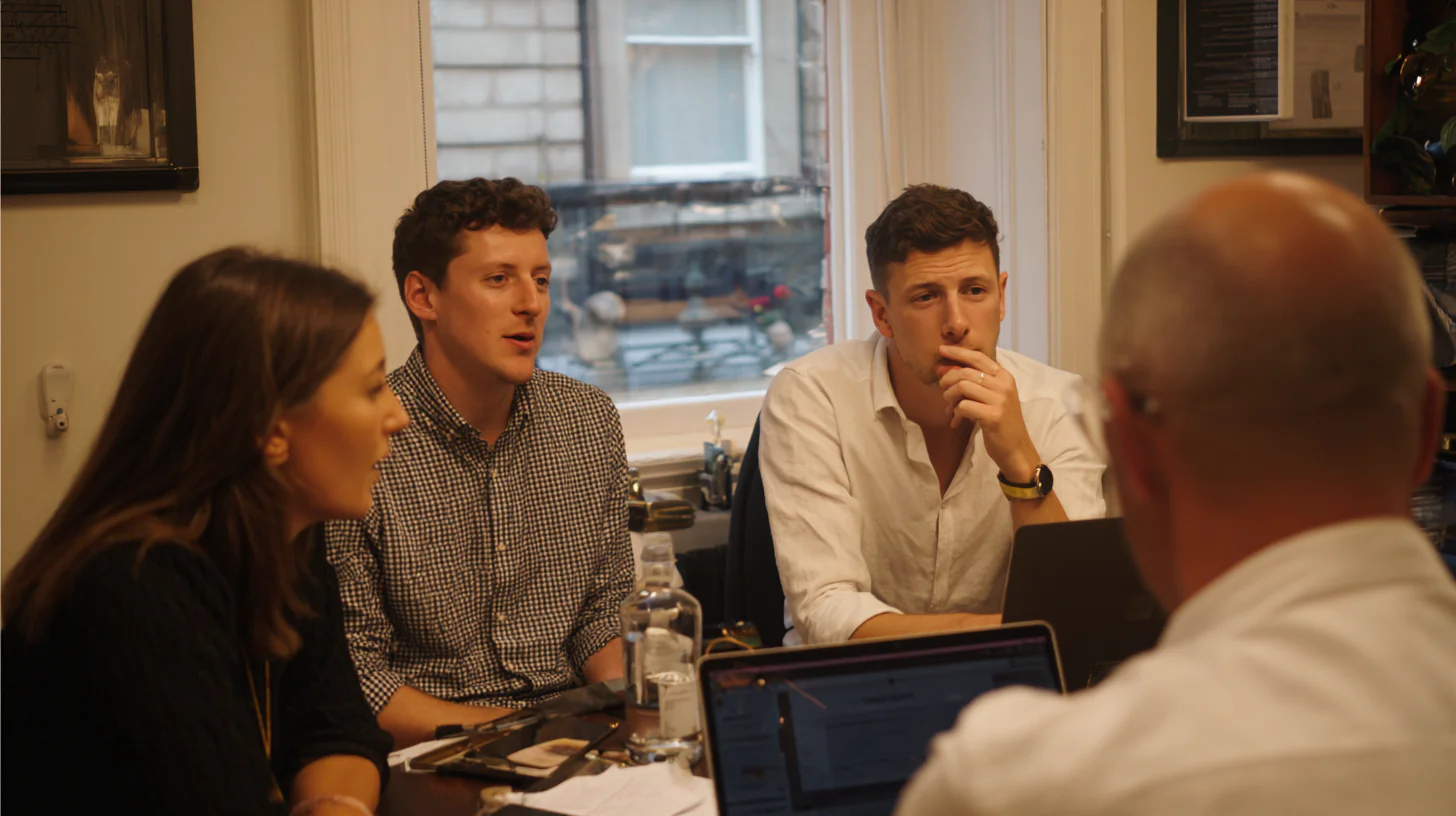
Key Takeaways:
- Engagement can hide burnout. High performance is not a reliable sign of well-being. A recent survey found that while 88% of knowledge workers felt engaged, 82% of them also reported feeling burned out.
- Burnout is an organizational problem, not a personal one. As a manager, you are the first line of defense. The World Health Organization defines burnout as a syndrome from chronic, unmanaged workplace stress.
- Look for changes from normal behavior. The key to spotting burnout is to notice shifts in an employee’s conduct. The three dimensions to watch are exhaustion (energy loss), cynicism (mental distance), and reduced professional efficacy (a drop in performance and confidence)
The Engagement Paradox
What if your most engaged employees are also your most exhausted?
We are taught that high engagement means a healthy team. But the data reveals a paradox. A 2024/2025 survey found that while 88% of knowledge workers felt engaged, 82% also reported feeling burned out. Some said burnout even increased their engagement, possibly as a way to cope
This paradox is a critical blind spot for leaders. You cannot rely on engagement scores alone to measure your team’s well-being.
Your challenge is to look deeper. You must become a “burnout detective,” able to spot the early signs of struggle before they become serious problems.
This guide gives you a framework for that work. You will learn the three dimensions of burnout, how it differs from stress, and how to use conversation to detect it early. The goal is to open the door for support, recovery, and a healthier work culture.
Why Managers Are the First Line of Defence
Spotting employee burnout is not just an HR function. It is a core leadership responsibility. Research is clear that burnout is an organizational problem, not a personal failing. The World Health Organization defines it as a syndrome from “chronic workplace stress that has not been successfully managed”. This puts the focus on the work environment you help create.
Ignoring the signs is costly. Poor mental health costs UK employers up to £45 billion annually. Globally, the WHO estimates a $1 trillion loss in productivity from stress each year. A burned-out employee is also three times more likely to seek a new job.
Reading the Signs: The Three Dimensions of Burnout

To spot burnout early, you must look beyond “tiredness.” The World Health Organization’s three dimensions of burnout provide a better framework. This model helps you understand what your employee is experiencing.
Dimension 1: Exhaustion (Deep Tiredness)
This is the core of burnout. The employee feels completely drained, with no physical or emotional energy left. Normal rest does not fix this deep-seated fatigue.
What to Look For:
- More frequent sick days or unexplained absences.
- Being physically present but mentally disengaged (“presenteeism”).
- Complaints of chronic fatigue, sleep problems, or persistent tiredness.
- Neglecting personal needs, such as consistently skipping breaks or working through lunch.
Dimension 2: Cynicism (Feeling Detached)
The employee develops a negative or indifferent attitude toward their job. They may feel emotionally distant from their work, colleagues, and the company’s purpose.
What to Look For:
- Withdrawing from team activities and social interactions.
- Reduced participation or uncharacteristic silence in meetings.
- Expressing consistently cynical or negative views about work.
- A general loss of enthusiasm and motivation for work-related activities.
Dimension 3: Feeling Ineffective
This is a decline in an employee’s sense of competence. They begin to doubt their ability to do the job well and may feel their work no longer matters.
What to Look For:
- A noticeable drop in the quality of work or an increase in errors.
- Trouble starting tasks, difficulty focusing, or more frequently missed deadlines.
- Uncharacteristic irritability or impatience with colleagues or clients.
- Expressions of self-doubt about their skills or abilities.
A Crucial Insight for Managers:
The key is to look for changes from an employee’s normal behavior. It is easy to mistake withdrawal or disengagement for a bad attitude. Approach these changes with empathy. Ask yourself if burnout, not poor performance, is the root cause.
Your Toolkit for Proactive Detection of Burnout
Knowing the signs of burnout is the first step. The next is to act. This toolkit provides three techniques to help you understand what is happening with your team.
Tool 1: Have a Supportive Conversation
If you suspect an employee is struggling, approach them with sensitivity. Your goal is not to diagnose. It is to open a dialogue and show you care.
- How to Prepare: Gather specific, objective examples, such as, “I’ve noticed you’ve been quieter in team meetings.” Avoid judgment. Choose a private place where you will not be interrupted.
- How to Begin: Gently express your concern. An open question works well: “Are you alright? You seem more stressed than usual lately.”
- How to Listen: Listen without interruption. Focus on understanding their view. Validate their feelings with phrases like, “It sounds like you’re dealing with a lot.”
- Actionable Questions: Use open-ended questions to encourage dialogue:
- “How have you been feeling about your workload recently?”
- “Are you getting the support and cooperation you need from the team?”
- “How are you finding your current projects in terms of interest and manageability?”
Tool 2: Know the Difference Between Stress and Burnout
Burnout comes from chronic stress, but the two states are different and require different support. A stressed employee is often over-engaged and frantic. A burned-out employee is typically disengaged and detached. This distinction is crucial for providing the right help.
| Characteristic | Stress | Burnout |
|---|---|---|
| Engagement | Over-engaged, frantic | Disengaged, detached. |
| Emotions | Anxious, irritable, urgent. | Apathetic, hopeless, cynical. |
| Outlook | Still sees a way out. | Feels trapped and helpless |
| Energy | Wired" then exhausted. | Deeply exhausted; nothing left. |
| Primary Feeling | Overwhelmed by pressure. | Empty and unmotivated. |
Tool 3: Use Your Check-ins to Ask About Wellbeing
Your regular one-on-one meetings are not just for project updates. They are one of your best tools for spotting burnout early. Google’s Project Oxygen found that managers who hold regular one-on-ones have higher-performing teams.
Make conversations about well-being a normal part of your routine. This builds the trust people need to be honest about the pressures they face. It allows you to offer support long before they reach a crisis.
From Detection to Meaningful Action
Learning to see the signs of burnout is a critical leadership skill. But detection is not the goal. It is the beginning.
Spotting these signs is your chance to start a real conversation. It allows you to intervene with empathy and offer the support a person needs. It is also your chance to learn about the stresses affecting your entire team. Spotting burnout is not about finding fault. It is about showing you care. By developing this skill, you are not just solving a problem. You are building a stronger, healthier team.
Contact us today if you need help spotting the early signs of burnout amongst your employees.



